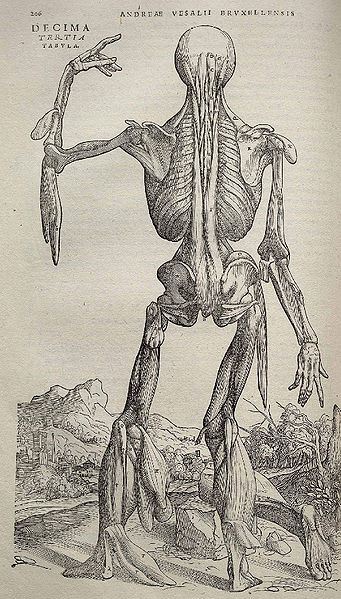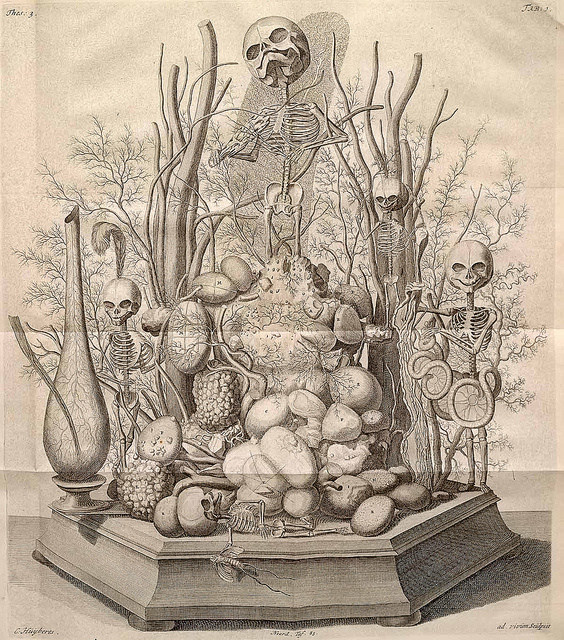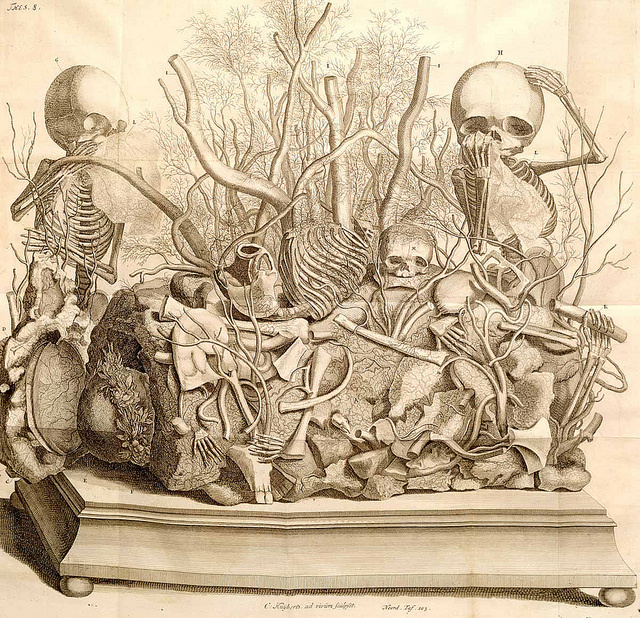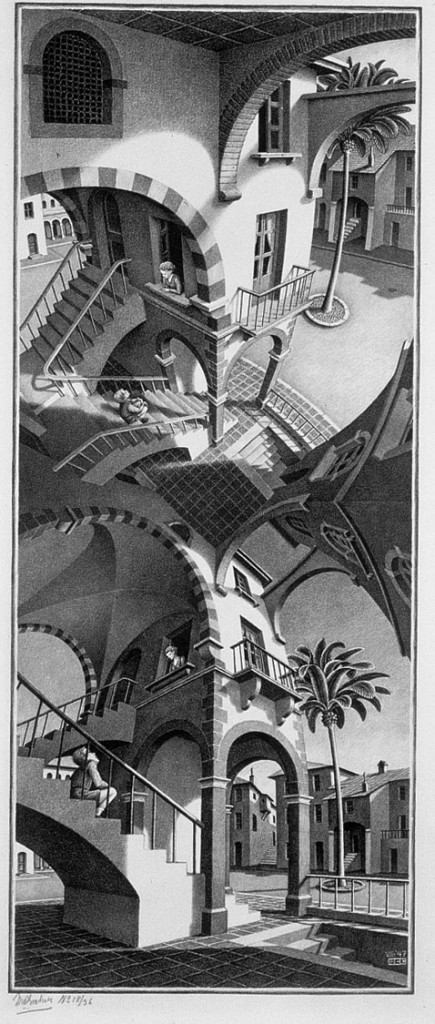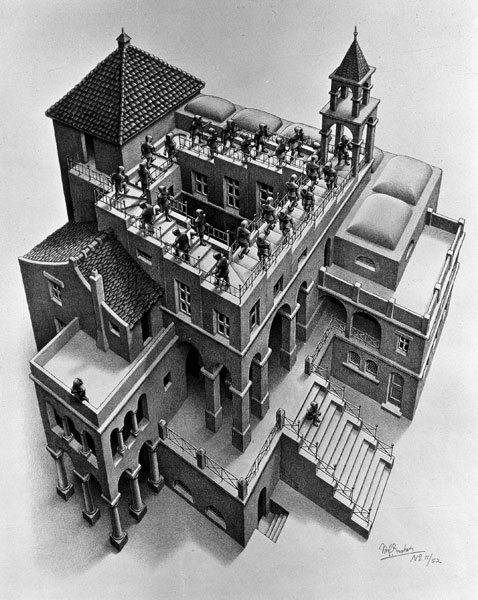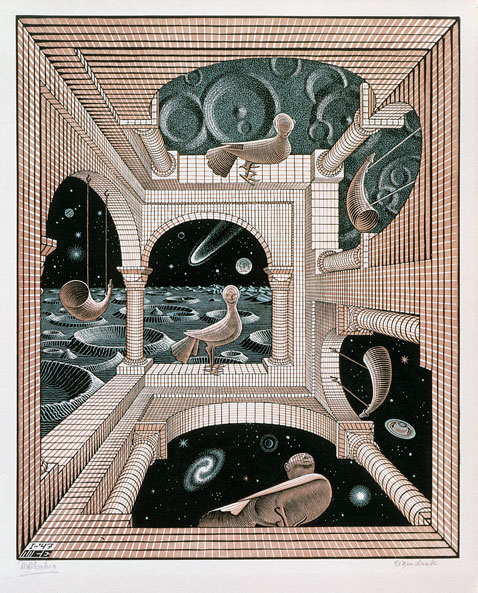Extracts from Delimitating the Concept of the Grotesque by Peter Fingesten:
“The grotesque is a symbolic category of art that expresses psychic currents from below the surface of life, such as nameless fears, complexes, nightmares, angst. It is a dimension of intense and exaggerated emotions and intense and exaggerated forms. The main thrust of this paper is that in genuine grotesques there must be a congruity between subject matter, mood, and the visual forms in which they are cast.”
“Technically speaking, a grotesque consists of the presence and clash, incongruity, or juxtaposition of two or more different or even contradictory elements within the same work that may result in a visual and/or psychological surprise or shock.”
“There is an undeniable overlap between the categories of the grotesque and the fantastic. The difference is rather subtle, for both terms shade into several meanings. Therefore it is important to broaden the category of the fantastic while limiting that of the grotesque; in other words, narrow the gap between the grotesque and the fantastic.”
Passages from Rabelais And His World by Mikhail Bakhtin:
“Contrary to modern canons, the grotesque body is not separated from the rest of the world. It is not a closed, completed unit; it is unfinished, outgrows itself, transgresses its own limits. The stress is laid on those parts of the body that are open to the outside world, that is, the parts through the world enters the body or emerges from it, or through which the body itself goes out to meet the world. This means that the emphasis is on the apertures or convexities, or on various ramifications and offshoots: the open mouth, the genital organs, the breasts, the phallus, the potbelly, the nose. The body discloses its essence as a principle of growth which exceeds its own limits only in copulation, pregnancy, childbirth, the throes of death, eating, drinking, or defecation. This is the ever unfinished, ever creating body, the link in the chain of genetic development, or more correctly speaking, two links shown at the point where they enter into each other. This especially strikes the eye in archaic grotesque.”
From Modern Art and The Grotesque edited by Frances S. Connolly:
“Acknowledging that any attempt to define the grotesque is a contradiction in terms, we begin with three actions, or processes at work in the grotesque image, actions that are both destructive and constructive. Images gathered under the grotesque rubric include those that combine unlike things in order to challenge established realities or construct new ones; those that deform or decompose things, and those that are metamorphic. These grotesques are not exclusive of one another, and their range of expression runs from the wondrous to the monstrous to the ridiculous.”
“Grotesque also describes the aberration from ideal form or from accepted convention, to create the misshapen, ugly, exaggerated or even formless. This type runs the gamut from the deliberate exaggerations of caricature, to the unintended aberrations, accidents and failures of the everyday world represented in realist imagery, to the dissolution of bodies, forms and categories.”
“Victor Hugo’s observation has special resonance here: that ideal beauty has only one standard whereas the variations and combinations possible for the grotesque are limitless.”
“The grotesque is defined by what it does to boundaries, transgressing, merging, overflowing, destabilizing them. Put more bluntly, the grotesque is a boundary creature and does not exist except in relation to a boundary, convention or expectation.”
“As Jeffrey Jerome Cohen writes: “The monstrous body quite literally incorporates fear, desire, anxiety and fantasy, giving them life and an uncanny independence. The monstrous body is pure culture. A construct and a projection, the monster exists only to be read, the monstrum is etymologically ‘that which reveals’, that which warns.””







